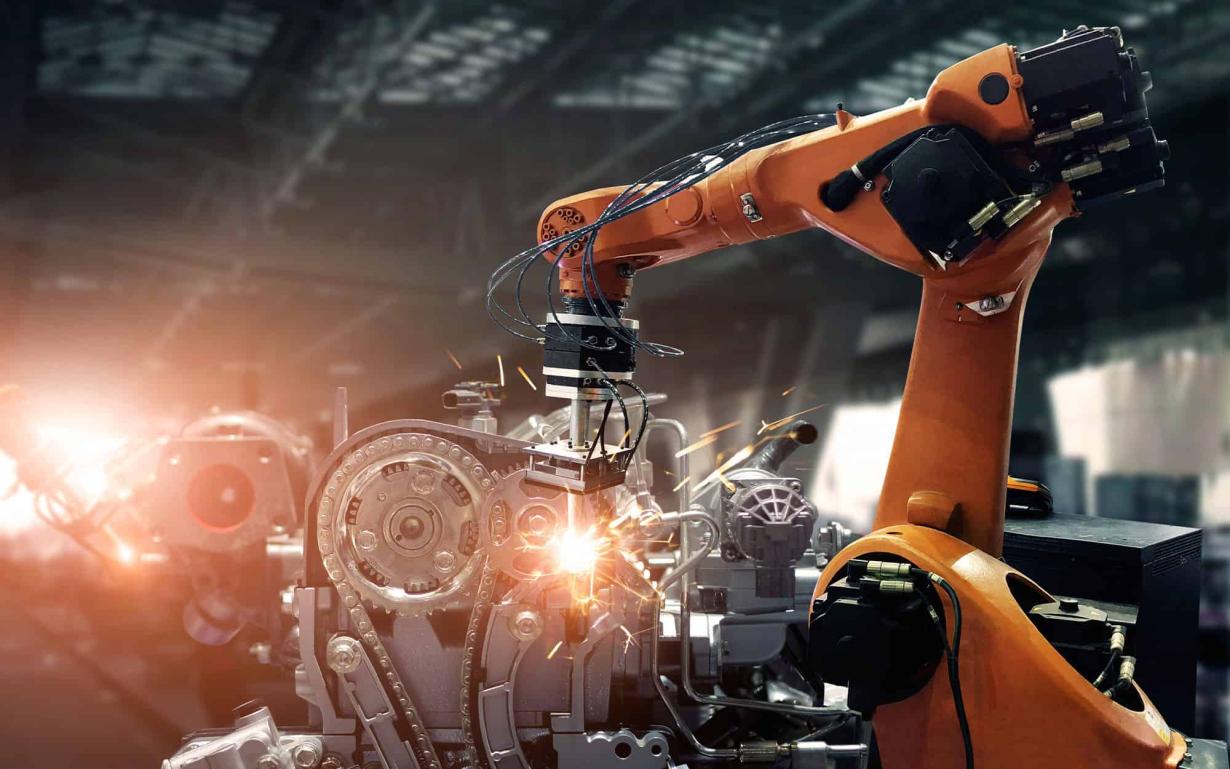How Can Reinforcement Learning Robots Be Made More Safe and Reliable?
Reinforcement learning robots, equipped with the ability to learn and adapt through interactions with their environment, hold immense promise for revolutionizing various industries. However, concerns regarding their safety and reliability have emerged as significant barriers to their widespread adoption.

This article delves into the safety and reliability challenges associated with reinforcement learning robots, exploring strategies for mitigating these risks and ensuring their safe and responsible deployment.
I. Safety Considerations
1. Importance Of Safety:
The safety of reinforcement learning robots is paramount, as their actions can have far-reaching consequences. These robots operate in dynamic environments, interacting with humans and other machines, making it crucial to minimize the risk of physical harm, property damage, or unintended consequences.
2. Potential Hazards And Risks:
- Physical Harm: Uncontrolled or unpredictable movements of reinforcement learning robots can pose a direct threat to the safety of humans and property. These robots may lack the necessary sensors or algorithms to accurately perceive and respond to their surroundings, leading to collisions or accidents.
- Unintended Consequences: Reinforcement learning robots may learn behaviors that have unintended or undesirable consequences. For instance, a robot tasked with optimizing energy consumption in a building may inadvertently compromise occupant comfort or safety.
- Malicious Use: Reinforcement learning robots, like any technology, can be susceptible to malicious use or manipulation. Adversaries may exploit vulnerabilities in these robots to cause harm or disruption.
3. Real-World Incidents:
Several real-world incidents have highlighted the safety concerns associated with reinforcement learning robots. In one instance, a self-driving car operating on reinforcement learning algorithms was involved in a fatal accident, raising questions about the reliability and safety of such systems.
II. Reliability Challenges
1. Importance Of Reliability:

Reliability is a critical factor in the successful deployment of reinforcement learning robots. These robots are expected to operate autonomously, often in complex and unpredictable environments. Unreliable behavior can lead to disruptions, financial losses, and reputational damage.
2. Factors Affecting Reliability:
- Hardware Failures: Reinforcement learning robots rely on a multitude of sensors, actuators, and other hardware components. Failures in these components can lead to unpredictable behavior or complete system shutdown.
- Software Bugs: The software algorithms that govern the behavior of reinforcement learning robots are complex and prone to errors. Bugs in these algorithms can cause the robots to behave erratically or even catastrophically.
- Environmental Factors: Reinforcement learning robots may encounter challenging environmental conditions, such as extreme temperatures, dust, or electromagnetic interference, which can affect their sensors and overall performance.
- Human Error: Human involvement in the operation and maintenance of reinforcement learning robots can introduce errors that compromise their reliability. Improper training, inadequate maintenance, or incorrect programming can lead to system failures.
3. Consequences Of Unreliable Behavior:
- Loss of Productivity: Unreliable reinforcement learning robots can lead to disruptions in operations, resulting in lost productivity and financial losses.
- Financial Losses: System failures, downtime, and the need for repairs or replacements can incur significant financial costs.
- Damage to Reputation: Incidents involving unreliable reinforcement learning robots can damage the reputation of the manufacturers, users, and the technology itself, hindering its adoption.
- Legal Liability: Unreliable behavior of reinforcement learning robots may result in legal liability for manufacturers, users, or operators in cases of accidents or injuries.
III. Strategies For Improving Safety And Reliability
1. Comprehensive Approach:
Ensuring the safety and reliability of reinforcement learning robots requires a comprehensive approach that addresses both technical and non-technical aspects.
2. Technical Strategies:
- Robust Hardware Design: Employing high-quality components, implementing redundancy, and conducting rigorous testing can enhance the reliability of hardware systems.
- Rigorous Software Development: Applying software engineering best practices, such as modular design, unit testing, and continuous integration, can help minimize the risk of software bugs.
- Environmental Adaptation: Designing reinforcement learning robots to withstand various environmental conditions, such as extreme temperatures or dust, can improve their reliability in challenging environments.
- Human Factors Engineering: Incorporating human factors engineering principles into the design and operation of reinforcement learning robots can minimize the likelihood of human error.
3. Non-Technical Strategies:
- Training and Education: Providing comprehensive training to operators and maintenance personnel can help prevent errors and ensure the proper use of reinforcement learning robots.
- Risk Assessment and Mitigation: Conducting thorough risk assessments and implementing appropriate mitigation measures can help identify and address potential hazards associated with reinforcement learning robots.
- Ethical Guidelines: Establishing ethical guidelines for the development and deployment of reinforcement learning robots can help ensure their responsible use and minimize the risk of unintended consequences.
IV. Regulatory And Ethical Considerations
1. Regulatory Landscape:

The regulatory landscape surrounding reinforcement learning robots is still evolving, with various jurisdictions exploring appropriate regulations to ensure safety and responsible use.
2. Ethical Implications:
- Privacy Concerns: Reinforcement learning robots may collect and process sensitive data, raising concerns about privacy and data protection.
- Accountability for Robot Actions: Determining accountability for the actions of reinforcement learning robots in cases of accidents or harm is a complex ethical and legal issue.
- Potential Job Displacement: The increasing use of reinforcement learning robots in various industries may lead to job displacement and economic challenges.
3. Proposed Guidelines:
Proposing clear guidelines and recommendations for addressing regulatory and ethical issues can help stakeholders navigate the complexities associated with the development and deployment of reinforcement learning robots.
V. Conclusion
The safe and reliable operation of reinforcement learning robots is crucial for their widespread adoption and integration into society. By implementing comprehensive strategies that address technical, non-technical, regulatory, and ethical considerations, stakeholders can mitigate risks and ensure the responsible use of these advanced technologies.
Prioritizing safety and reliability in reinforcement learning robots is not only a technical challenge but also a moral and ethical imperative. By working together, researchers, engineers, policymakers, and industry leaders can create a future where reinforcement learning robots coexist harmoniously with humans, driving innovation and progress while safeguarding the well-being of society.
YesNo

Leave a Reply